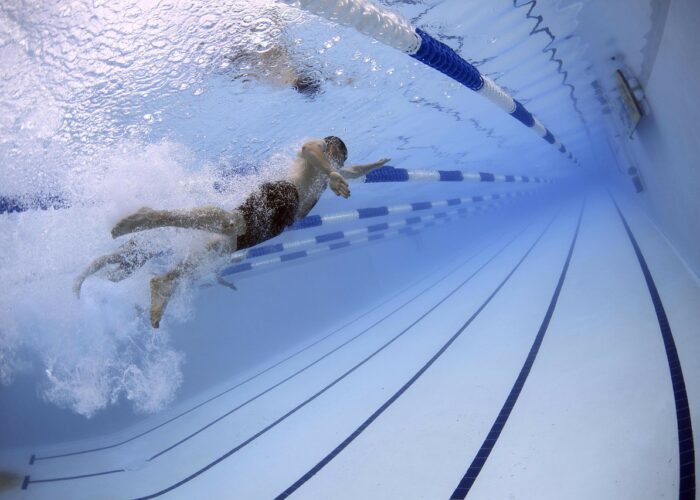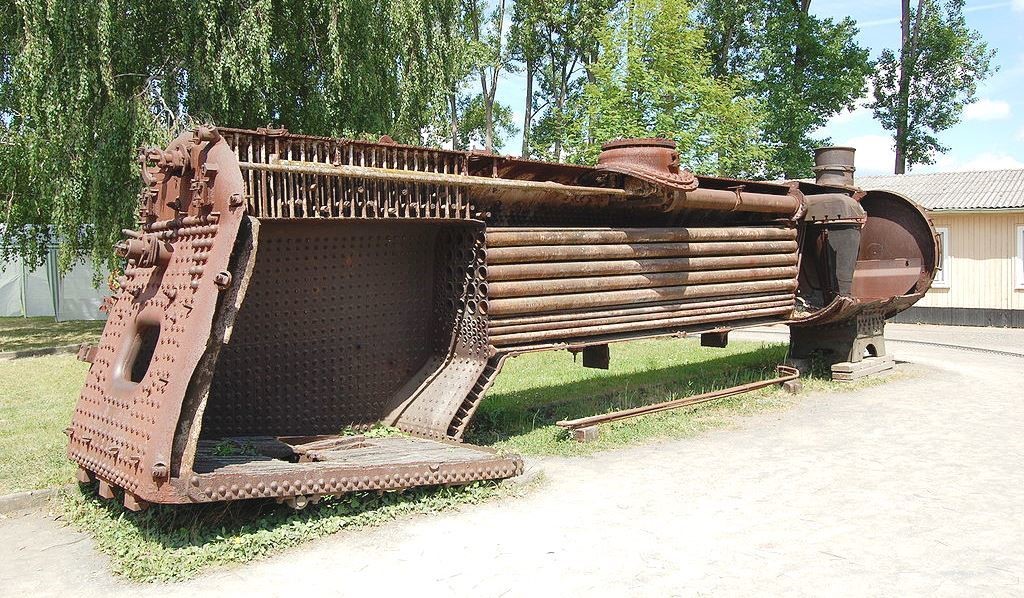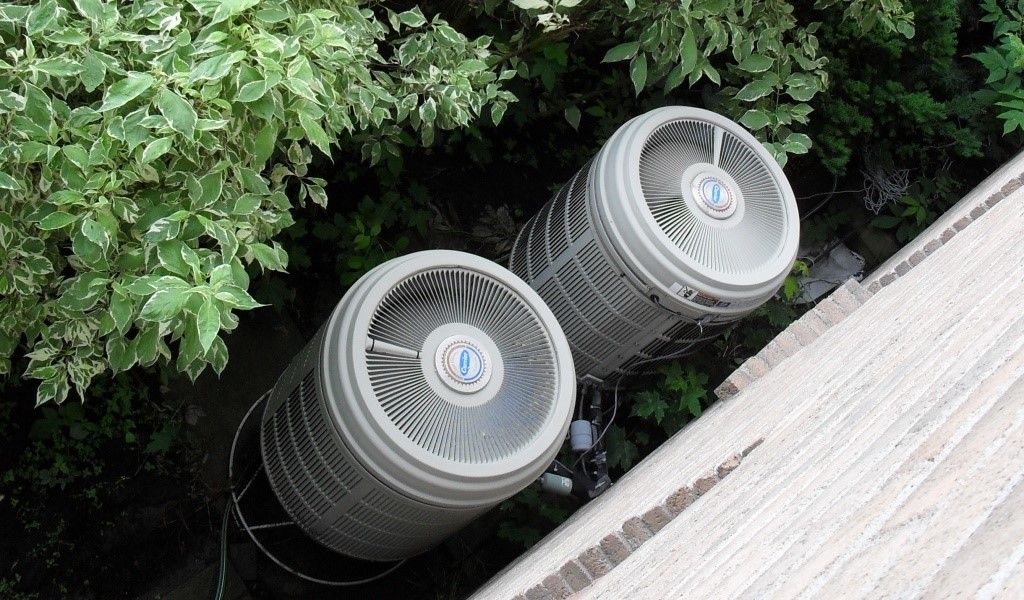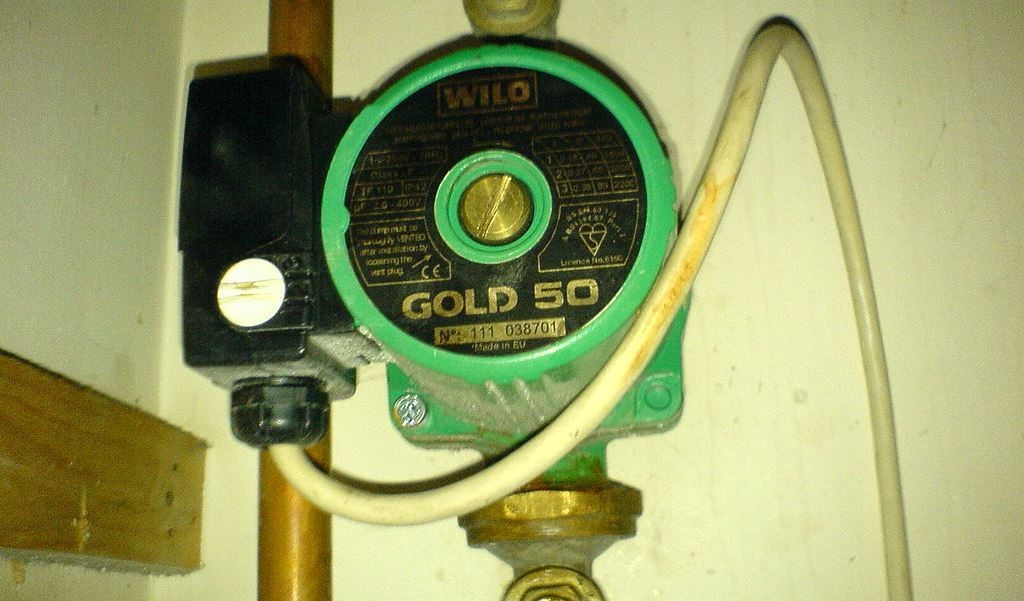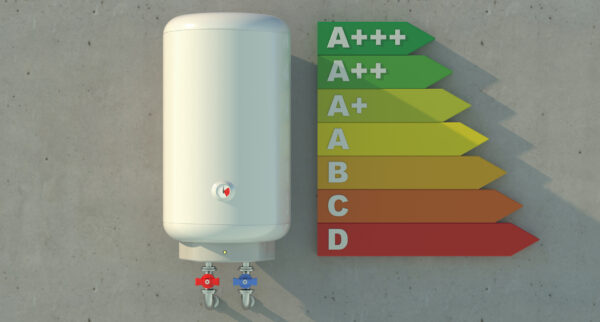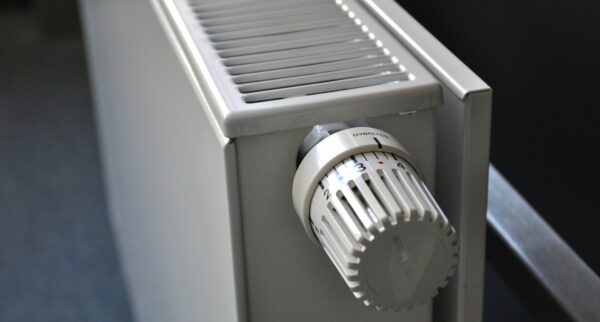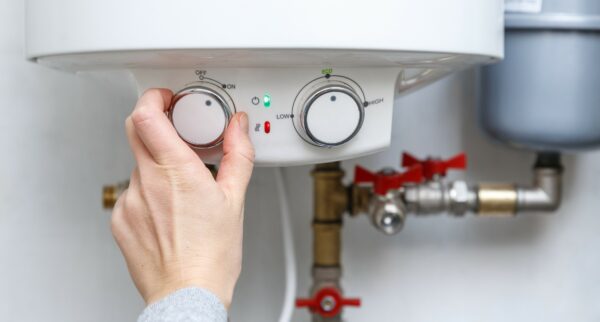Call us today 0207 32 32 999
Did you ever visit a vintage steam railway and see an engine with the front boiler cover swung open? That technology is pure First Industrial Revolution, and believe it or not your pool heat pump and home boiler still use the same heat exchange principle.
Table of Contents
ToggleThose pipes showing at the front of the steam engine reach all the way back to the driver’s cab, where they stoke the coal fire in the box. The heat from this transfers into the pipes and boils the water inside to make steam. This steam shoves the pistons forward to rotate the driving wheels.
Sectioned Steam Locomotive Boiler with Firebox
Big Power Stations and Your Pool Heat Pump Work the Same Way
Big power stations and your pool heat pump work the same way, well in principle at least. However pool heat pumps don’t use fire as their energy source. Therefore, the process is whisper quiet compared to a thundering steam engine.
The swimming pool heat pump circulates the water through a filter and then the heat pump heater. The pool heater pump fan pulls in warm outside air over an evaporator coil. The refrigerant coil absorbs this heat and becomes warm gas. Then this warm gas passes through the compressor increasing the heat.
This by now very hot gas returns to the condenser which transfers the energy to the pool water passing through the system. The water returns to the pool warming it. The hot gas returns to liquid form in the evaporator. This process repeats endlessly, cold pool water in, hot pool water out is how the swimming pool heat pump goes.
Gas Pool Heat Pumps are Easier to Understand
Gas swimming pool heaters use natural or propane gas, thus the same technology we use to warm our homes, and enjoy hot baths and showers on cold winter evenings. They are also much simpler than heat exchangers. The pool heat pump draws the water past a filter into a heater.
This water enters multiple copper pipes – just like the steam engine – where a gas flame generates heat that exchanges through their walls. This tried and trusted system is ideal if you want fast heating. Moreover it works perfectly when the air temperature is freezing outside.
Heat Pump Air Intakes Outside House
Gas Central Heating Follows the Same Seamless Logic as Swimming Pool Heaters
Try to imagine what life was like in the UK before we had electricity. Baths were cold water, and there were no electric lights. Even wealthy people needed a candle to find the outside loo at night. Those grand castles may look imposing to our minds, but in reality they were freezing inside after the fires burned down after midnight.
Central heating is far smarter than a fireplace in every bedroom in a Victorian home. The North Sea gas fields made it possible to have a single, central boiler circulating warm water throughout the house.
Moreover this is a far more elegant idea than a pool heat pump. That’s because we have a simple furnace, instead of a heat pump heater fan, an evaporator coil, a refrigerant coil and a compressor increasing the heat. An electric pump silently circulates the water to bathrooms and radiators so even winter is a pleasure if we stay inside.
Safety and Maintenance Tips for Gas Central Heating Boilers
A gas flame inside the boiler heats up the water. The pump sends this to the bathroom and kitchen, and circulates it through the radiators. The natural gas should burn blue if the settings are right. However if it burns yellow you may have a problem.
Yellow suggests you don’t have enough oxygen and your boiler may be creating poisonous gas. That’s why it is so important to have a carbon monoxide detector near your boiler. Turn off the boiler and the gas main right away and open the window nearest the boiler.
Then ask a registered Gas Safe engineer to attend the problem right away. With their skills they should be able to adjust the boiler flame, and turn your central heating back on soon. If your swimming pool heat pump is run by gas make sure you have a Gas Safe engineer on speed dial too!
More About How Gas Boilers Heat UK Homes
Imagine your boiler as a system. Natural gas comes streaming in from the gas main in the street. This gas lights a steady flame that heats your water as a pump passes it through. The molecules take a while to reach full temperature, when the flame dims. When you draw hot water, cold water rushes in and the cycle starts again. Same concept for gas swimming pool heaters.
The water passes through a continuous circuit throughout your home, heating each of the radiators in turn. These ‘rob it of heat’ at each point which is why your boiler is normally on all the time. The same water passes through the radiator system each time, until it needs topping up after bleeding the system of air.
The Differences Between Heat Exchangers and Gas Boilers
Heat exchangers draw warm air on summer days and amplify this to create hot water. While gas boilers burn natural gas to achieve a similar effect. An electric pool heater pump circulates this water to warm a swimming pool, or UK home.
In the latter case, the water flows through wall radiators in series, usually using parallel trunks and branches to reduce thermal loss. The water then returns to the boiler for reheating again. So in reality, the water is just a heat transporting medium that sheds its energy through thermal transfer.
Central Heating Pump
The Future of Home Heating in the United Kingdom
Each time we have a cold snap we appreciate how unwise we are to rely solely on natural gas for our heating bills. However, our cool, cloudy climate makes heat exchange and solar power weak contenders. However, the UK is on track with implementing the Climate Change Act, and battery storage is making wind and solar energy more feasible.
We should do our bit until we reach that point, by keeping our energy bills as low as possible. That’s because as things stand we still have a 50% chance of increasing greenhouse gases each time we turn the electricity on. Therefore, natural gas is still a ‘greener’ alternative for warming, as things stand today and probably a decade longer.
Photo credits:
Sectioned Steam Locomotive Boiler with Firebox: Rabensteiner BY CC 3.0
Heat Pump Air Intakes Outside House: Kristofer B BY CC 3.0
Central Heating Pump: Marie Griffiths BY CC 3.0
